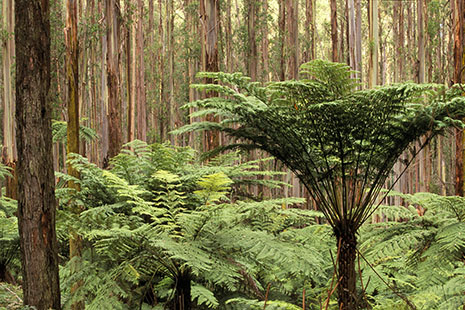Black Saturday seared itself into the history books and the memories of many on 7 February 2009. The grieving, the slow recovery and the debates continue. Over millions of years, the world’s tallest flowering plants, the great Mountain Ash eucalypts of the forests of Victoria, have evolved as “fire weeds,” ensuring their survival by spreadng their seeds in ash beds open to the light previously shadowed by their towering canopies. They die to survive. Their cycles are much longer than ours. But their special relationship to the inevitability of devastating fires within the “fire flume” of the Victorian bush offers a tough but essential lesson for local communities and policy makers at both state and federal levels, as historian Tom Griffiths tells Peter Clarke.
This discussion is based on Tom Griffith’s article about the Black Saturday bushfires for Inside Story, We have still not lived long enough.
Podcast theme created by Ivan Clarke, Pang Productions.




